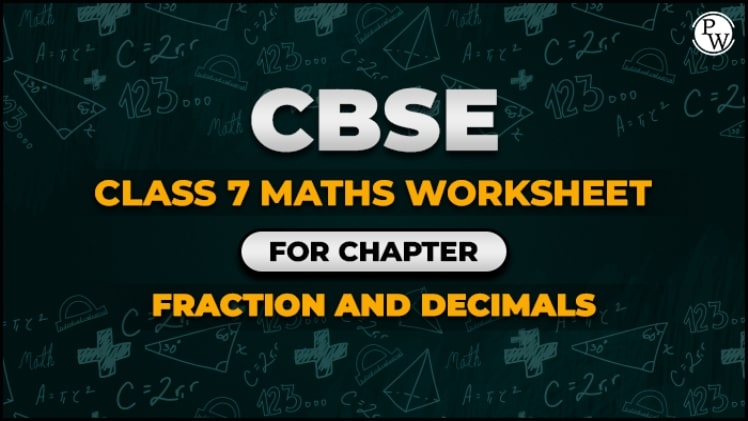Class 7 Maths is a subject that students are expected to know well. The question then arises, what should be done if the student does not understand the concepts? This article offers cbse solutions for class 7 maths to help the student in this situation.
What is a solution?
A solution is a mathematical entity that results in attaining the desired outcome. Solutions can be found using a variety of mathematical methods, and they are often the focus of mathematics classes.
When solving equations, for example, students will often work with solutions that involve radicals. These radical solutions are represented by the letter sigma (Σ), representing the solutions to equations that have a variable raised to a power. For example, the equation x + 3 = 16 has a radical solution represented by Σx = 16. In this equation, the radical solution x = 16 represents the solution where x is raised to power 3.
Another common type of solution is called an analytic solution. An analytic solution exists on a particular coordinate plane and can be graphed on that plane. Analytic solutions are often easier to solve than radical or linear ones and are used in many mathematical problems.
Solving equations and solving problems involving geometry are two common tasks that solve for solutions. When students learn how to solve these problems, they are well to become proficient mathematicians.
Order of operations
One of the most important things to consider when tackling math problems is the order of operations. This is a set of rules that help you work through math problems in an orderly manner. The order of operations includes parentheses, exponents, radicals, and multiplications and divisions (from left to right).
Here are some tips for using the order of operations:
First, always use parentheses to group terms together. For example, in the equation x + y = 10, you would put (x+y) into parentheses to create ((x+y))=10.
Next, work with radicals first. Radicals are numbers that have a symbol in front of them (like ^ or %). They can be used in equations to solve for other numbers. For example, in the equation 3^2 + 2 = 13, you would use the radical 3 to solve for 5 (3^5+2=13).
Multiplication and Division (MD)
When it comes to multiplication and division (MD), there are a few things to keep in mind. First, remember that the order of operations (or the order in which operations are performed) is Parentheses, Exponents, Multiplication and Division (from left to right), Addition and Subtraction (from left to right).
Secondly, use parentheses when multiplying multiples of 10 or 100. For example, 5 x (10 + 5) would be written as 50+35. Finally, make sure you understand what rounding rules apply when doing MD. For example, if you try to divide 17 by 3, the answer would be rounded down to 2 even though the original number was 1.5.
Addition and Subtraction (AS)
When it comes to solving maths problems, one of the most important skills in addition and subtraction. In school, we are taught how to add and subtract numbers quickly and easily. However, sometimes it can be difficult to apply this knowledge in real life.
Here are some things to consider when trying to solve maths problems:
- First, try to get a general understanding of the problem. What are the main facts that you need to know?
- Next, use your fingers and hands to help you understand the answer. Can you think of an equation that can help you solve the problem?
- If you still can’t find an answer, try using equations. Sometimes maths problems can be solved more easily by solving them using equations. However, make sure you understand the equation before working with it.
There are many different solutions to maths problems, so don’t be afraid to try different methods until you find one that works best for you. Good luck!
Exponents and logs
One of the most common problems students face when solving equations is understanding how to work with exponents and logs. Here are a few things to keep in mind when working with these concepts:
- When working with exponents, remember that the power (or exponent) is raised to the base’s power. For example, 3x (or three raised to the power of 2) means that three is multiplied by itself.
- When working with logs, always remember that the base is raised to the power of the logarithm. For example, if you want to find the logarithm of 10, you would use ten raised to the power of the logarithm (which would be 1,000).
Conclusion
Class 7 maths is a challenging subject, and if you find it tough to crack the code, here are some pointers that might help. First of all, make sure you understand the concepts being taught in class. Next, practice regularly and don’t be afraid to ask your teacher for explanations or support. Finally, stay calm under pressure and don’t give up on yourself – with a little effort, you can ace your class 7 maths exams. Infinity Learn offers the best CBSE class 7th maths ncert solutions, so you must visit our website now

